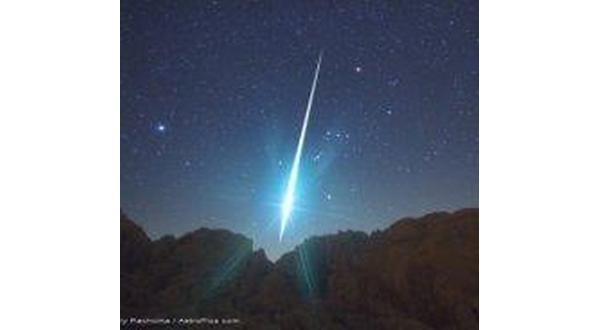
The Geminid meteor shower Wednesday evening and early Thursday morning is being touted as one of the biggest meteor showers of the year. Beginning around 7:00 Wednesday evening spectators can expect to see up to 120 meteors per hour shoot across the night sky. The meteor shower should reach its peak in the late hours Wednesday and into the early morning hours Thursday. It should be directly overhead at approximately 2:00 Thursday morning.
According to the National Aeronautics and Space Administration (NASA), bright streaks of light will appear when tiny remnants from an asteroid named 3200 Phaethon interact with Earth’s atmosphere. Most meteor showers are the result of comet remnants. The Geminids are unique because they originate from an asteroid.
Local amateur astronomer, Dr. James Clarke, says to look toward the eastern sky and overhead as the constellation Gemini comes up over the eastern horizon.
Listen:
According to Clarke, the 3200 Phaethon asteroid has an orbital period of approximately one and one-half years.
Clarke says, some of the best times to view other celestial objects in the night sky occur in late December and into the winter months.
Listen:
Jupiter, along with its moons, will also become increasingly visible in the early morning hours and can be seen with binoculars or a small telescope.
The Milky Way is also visible with the naked eye, however Clarke suggests using binoculars or a telescope to see the magnitude of the density of stars of our solar system’s galaxy.
Links to viewing the Gemenid meteor shower online can be found at https://www.nasa.gov/centers/marshall/news/news/releases/2017/heads-up-earthlings-the-geminids-are-here.html and a timetable of its location in the night sky can be found at https://www.timeanddate.com/astronomy/meteor-shower/geminids.html .
WebReadyTM Powered by WireReady® NSI










